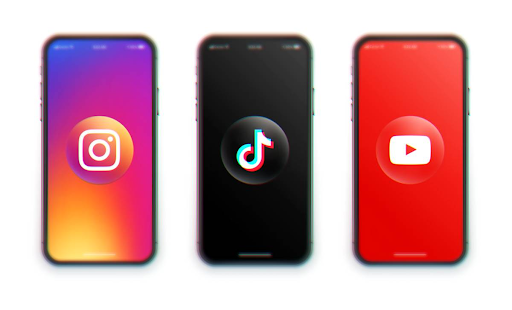As the Chinese-owned video sharing app, TikTok, begins to gain popularity as the most used app for short videos, Instagram, the Meta-owned platform, and YouTube, which Google owns, have added new features to discourage users of their own short-video apps from sharing content between platforms.
Cross-sharing is the most significant challenge faced by users of short video platforms since it is common for users to submit videos from one platform to another. For example, many people upload videos from TikTok to Instagram Reels or YouTube Shorts, and vice versa.
YouTube Introduced Watermark
A few days ago, Sarah, the Community Manager for YouTube, said that the site, which Google owns, is getting ready to implement watermarks on downloaded videos.
When a viewer downloads a short from any publisher’s channel, there will be a small thumbnail with the publisher’s account name and the YouTube Shorts logo. This will assist viewers to identify both the platform and the true publisher.
YouTube asserted that “If you’re a creator who downloads your shorts from YouTube Studio to share across other platforms, you’ll now find a watermark added to your downloaded content.”
YouTube has also started testing these features for certain restricted standards, but they haven’t said what these standards would look like yet.
“We’ve added a watermark to the shorts you download so your viewers can see that the content you’re sharing across platforms can be found on YouTube Shorts,” the company added.
YouTube has said they plan to release it somewhere in the next month for mobile devices and in a few weeks for desktop computers.
What Is Instagram Doing?
The Meta-owned platform, Instagram, is also working on something new, even though it already has a watermarking mechanism for downloading the reels.
And in addition to that, the company that owns Instagram, Meta, is working on something new, although it already has a watermarking mechanism for downloading the reels.
However, there are a lot of creators who download their reels before uploading them online, which allows them to get around the video’s watermark. However, the firm has developed a method to stop this practice.
Users can’t download reels with audio that has not been broadcast yet. This seems the best way to deal with the problem since it makes it harder to put the videos on another platform.
The Verge reports that “It means if you want to export the footage from Reels to use in another app (like TikTok), you have to actually post the reel first to save the sound.”
Read: Tik Tok Sets To Launch Music Streaming Service
Observations on Tiktok
Also, we all know that TikTok is now the most popular site for short videos, and that it has used watermarks since the beginning to stop users from sharing their content on other sites.
When YouTube Shorts and Instagram Reels first came out, many people just put TikTok videos on them. But these platforms have now made it clear that copying and pasting the content is not allowed. With the help of TikTok’s watermark, YouTube Shorts and Instagram Reels have started recognizing copied content and secretly reducing the reach of the videos in question.
















